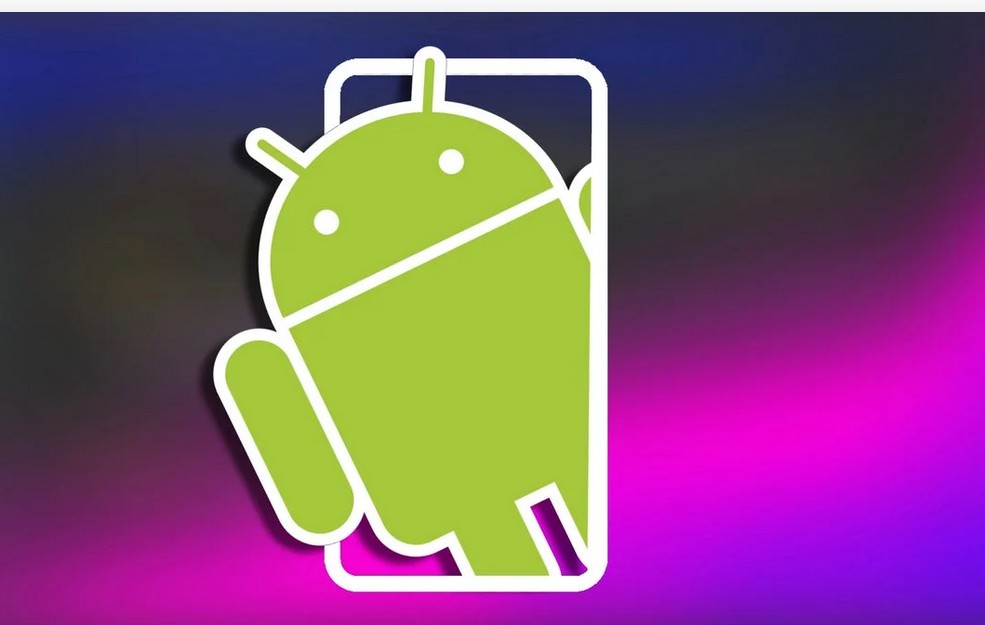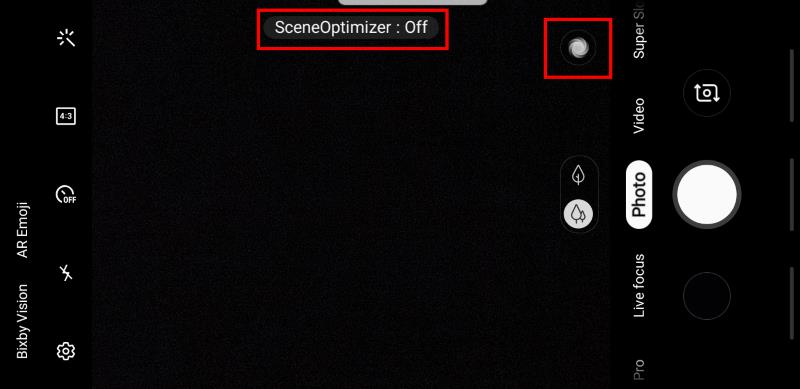Google's Ara Smartphone will arrive in January of 2015
2 min. read
Updated on

Google has just released the Module Developers Kit for its Project Ara smartphone and now we are already back with fresh details on this topic. It has been officially revealed that the company will release an Android update for Ara devices in December, as well as the first Ara phone in January of 2015. For those of you who don’t know, Project Ara is the code-name for the smartphone project that would give us the chance to swap out physical components as easily as downloading a new app. The idea sounds more than interesting, don’t you think?
Motorola’s Advanced Technology and Projects division
Project Ara was originally started by Motorola, before part of it was sold off to Lenovo a year ago, so we can say that Google experimented with phone customization in its Moto Maker tool for the Moto X, but this doesn’t mean that this is all that we are going to get from this project. We are all expecting a much more elaborate version of this Project Ara as long as it is said to have big chances to play the role of your primary smartphone in the next 5-6 years.
So, Motorola’s Advanced Technology and Projects division merged with Google in order to continue working on the smartphone project and we already know more about this upcoming Google’s Ara Smartphone.
Google’s “Grey Phone”
Google’s Ara Smartphone will be the “grey phone” as long as Google practically wants to encourage people to customise it. To be more specific, users will have the chance to add a number of modules to the frame such as camera, battery, sensors, or WiFi, as long as the components will stay attached to the frame via electro-permanent magnets.
This frame that will hold the modular components together will only last for five to six years, but this time will be probably improved.
So, Project Ara is not intended to be just another smartphone, but The Smartphone that truly reflect user’s personality, offering us a new vision of the future. And as Google presents it, this future will include smartphone hardware components that can be bought from an app store, with miniaturized components and 3D printing all around us.









User forum
0 messages